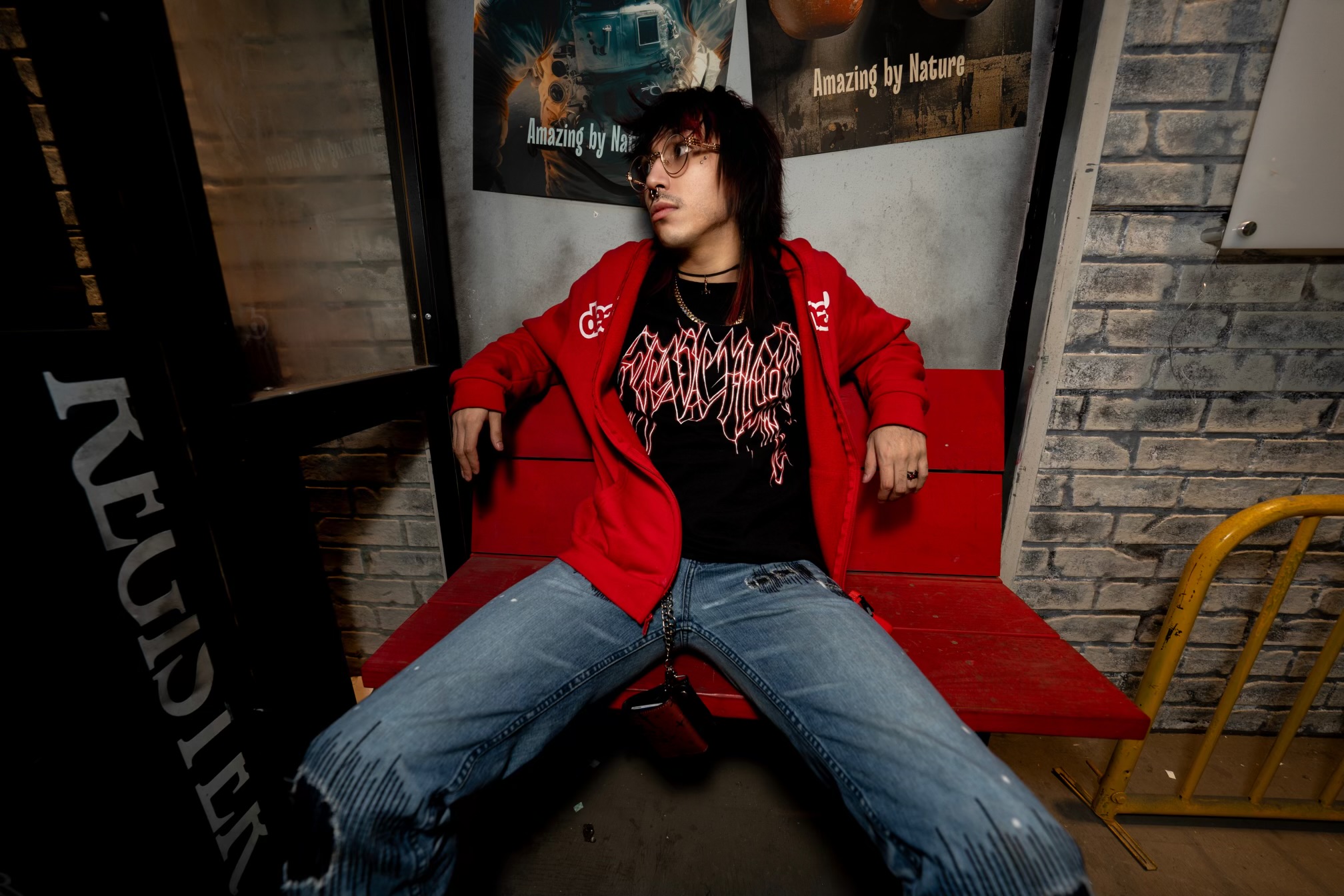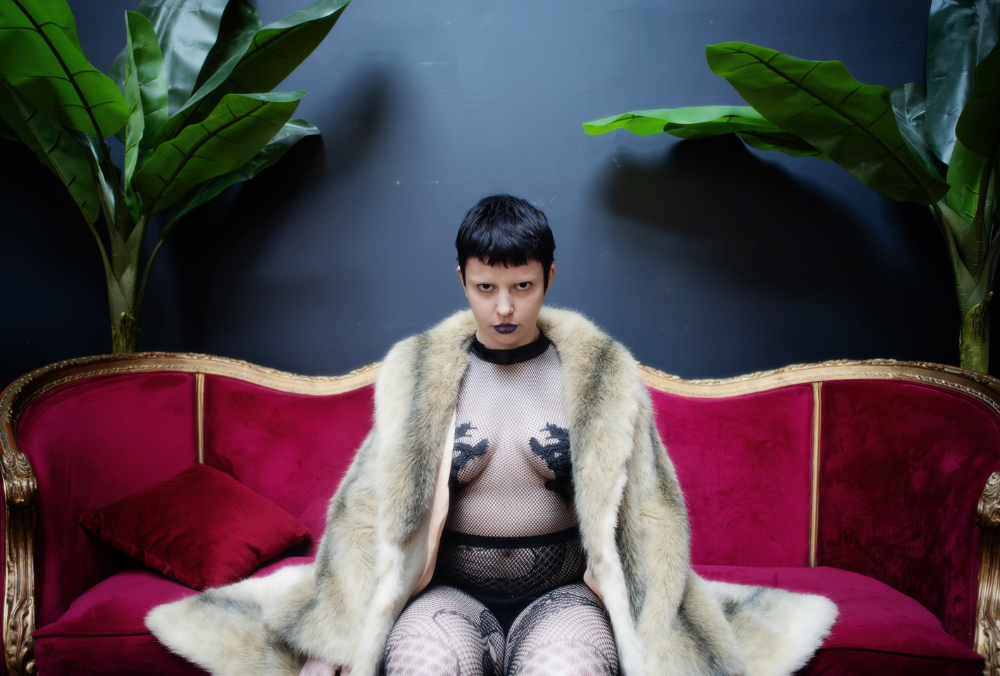Eiichiro Oda's One Piece has sat atop the shonen world for the better part of two decades, growing a following larger than almost any other series in the genre. Similar to other anime/manga series, one of the staples of the series is its main character's supernatural abilities, and his continued growth. Like many other shonen protagonists, Monkey D. Luffy has acquired many new powers as the story has progressed, in the form of 'gears,' allowing him to overcome increasingly powerful enemies.
Given the length of One Piece, it's easy for fans to forget a few finer details of what Luffy can do along the way. Here are some aspects of his gear abilities that may have fallen into obscurity.
Luffy Used Gear Second BEFORE Enies Lobby
First introduced in the manga in Chapter #387 and the anime in Episode 272, Gear Second was developed by Luffy to defeat increasingly stronger enemies to protect his friends. However, fans actually caught a glimpse of Luffy activating the technique before the "Enies Lobby" arc.
In the franchise's seventh film, The Giant Mechanical Soldier of Karakuri Castle, Luffy unconsciously uses Gear second to defeat the film's antagonist, Ratchet, in the story's climactic battle. While this may have been an exciting way to have the film reach its climax, it directly contradicts the source material canon. The film takes place, chronologically, sometime before the "Enies Lobby" arc, as evidenced by the crew's use of the Going Merry. This divergence from the canon story takes away a lot of the impact of the ability, which was used to showcase a pivotal moment of determination by Luffy, as he vowed to become stronger in order to protect his friends.
Gear Second Was Based on a Rokushiki Technique
Also during the "Enies Lobby" arc, One Piece fans were introduced to the Rokushiki Techniques, otherwise known as the six powers. These abilities were utilized by the main antagonists of the arc, CP9. Said users were described as being superhuman, making it a daunting task for the Straw Hats to stand up to them.
However, the crew's captain showed the true strength of his determination, creating a technique that allowed him to keep up with these superhumans. While explaining his new ability, Luffy mentioned that he was able to come up with this power after observing the Rokushiki technique, Soru, or Shave. Now able to utilize the technique, Luffy began his journey to obtain the superhuman strength required to traverse the Grand Line fully.
With the creation of the gears in "Enies Lobby," the addition of the Rokushiki Techniques, and later, haki, it became clear that Oda was getting ready to show just how far the Straw Hats would need to go to fulfill their dreams.
Gears Second and Third Used to Have Some Major Drawbacks
With the One Piece anime currently set to eclipse 1,000 episodes in the near future, the pre-time skip era of the series -- set in the two years prior to the Straw Hats' hiatus -- may seem like ancient history to long time followers. As a result, many fans may have forgotten the significant drawbacks associated with Gears Second and Third.
While these new abilities granted Luffy a significant increase in fighting power, it came at a considerable cost -- a popular theme in the shonen genre. While Luffy has seemingly mastered these abilities in the post-time skip era, the two abilities' respective drawbacks created a significant risk in battle. By its nature, Gear Second causes Luffy's rubber veins to expand, allowing more blood to pump through them at an increased rate which creates a doping effect. In addition to this, Luffy's metabolism speeds up significantly. Due to the increase in his metabolic rate, Luffy quickly loses energy. Following his fight with Rob Lucci, the side effect was so severe that he was unable to move, despite his life being in danger. Lucci even speculated that using the ability would shorten the rubber boy's life.
Similarly, Gear Third could only be used with caution before the time skip. Not only was Luffy's mobility significantly reduced when using this ability, but following its use, the young pirate would shrink to a mini version of himself. This side effect would last for the same amount of time that he had used the technique. While shrunken, Luffy would find himself significantly weakened and unable to defend himself, which could be deadly in a world full of superhuman pirates.
Looking back on the story, it appears that Oda used these gears to portray the Straw Hats' need to grow stronger. By forcing Luffy to create these abilities, he showed fans that the crew was slowly finding themselves out of their depth. Yet, with the mastery of these abilities following their two years of training, followers of the series saw just how far the pirate crew was able to come.
Each of Luffy's Attack's Names Follow A Theme (Based on Their Gear)
"All my abilities have evolved to the next level," Luffy explained in One Piece, Chapter #387 following the reveal of Gear Second. True to his promise, Luffy soon released a barrage of his signature attacks, but at a much higher intensity. As if to signify this evolution, each attack was adorned with the word "jet." This addition to the names of his staple attacks seemed to emphasize the enhanced speed Luffy was able to achieve.
Much like with Gear Second, Gear Third attacks were initially adorned with the word "giant" to emphasize the increased size in Luffy's attacks. However, following the time skip, these attacks began to be preceded by the names of large animals. This seemed to be in response to Luffy's new ability to utilize armament haki, which he began to incorporate into many of his attacks.
Gear Fourth's Design is Based On the Two Guards of Buddha Nio
According to Volume 79 SBS, the design for Gear Fourth was inspired by the Nio Statues. These statues are depictions of two protectors of Buddha. Despite proclaiming loudly in Episode 516 of the anime that he had no desire to be a hero, Luffy has been portrayed as one quite often.
As the rubber pirate has continued his exploration of the Grand Line, he has repeatedly found himself in the role of protector or liberator, in fact, helping entire countries along the way. With this design inspiration, it seems that Oda meant to reinforce Luffy's true nature to help those in need.
About The Author
